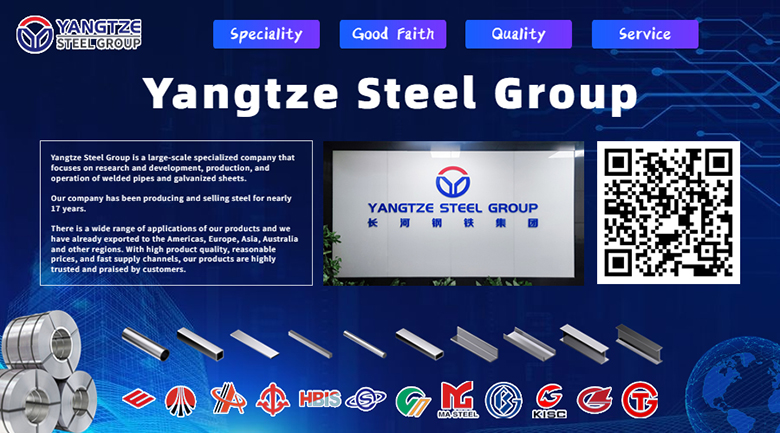Daily stainless steel product selection
Stainless steel is a metal material with high corrosion resistance and aesthetics, widely used in various industrial and home fields. Different stainless steel surface treatment processes can highlight different visual effects and tactile characteristics of the same material.
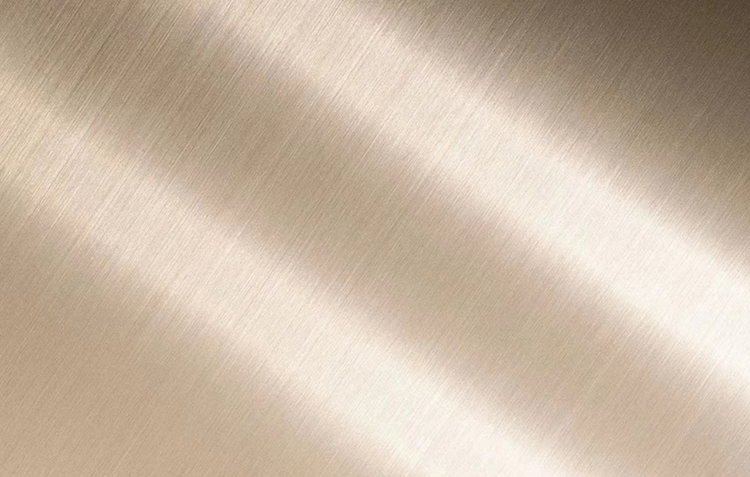
1. PVD process
PVD (Physical Vapor Deposition) - Physical vapor deposition: refers to the process of using physical processes to transfer substances, transferring atoms or molecules from the source to the surface of the substrate. Its function is to spray certain particles with special properties (high strength, wear resistance, heat dissipation, corrosion resistance, etc.) onto the lower performance matrix, making the matrix have better performance. PVD basic methods: vacuum evaporation, sputtering, ion plating (hollow cathode ion plating, hot cathode ion plating, arc ion plating, active reaction ion plating, RF ion plating, DC discharge ion plating).
2. Sandblasting
Sandblasting uses compressed air as the power to form a high-speed spray beam to spray materials (copper ore, quartz sand, diamond sand, iron sand, sea sand) onto the surface of the workpiece to be treated at high speed, causing changes in the appearance or shape of the workpiece surface.
Sandblasting has strong applications in engineering and surface technology, such as improving the viscosity of adhesive parts, cleaning, optimizing surface burrs after machining, and surface matte treatment. The sandblasting process is more uniform and efficient than manual polishing, and this method of stainless steel treatment creates the low-key and durable characteristics of the product.
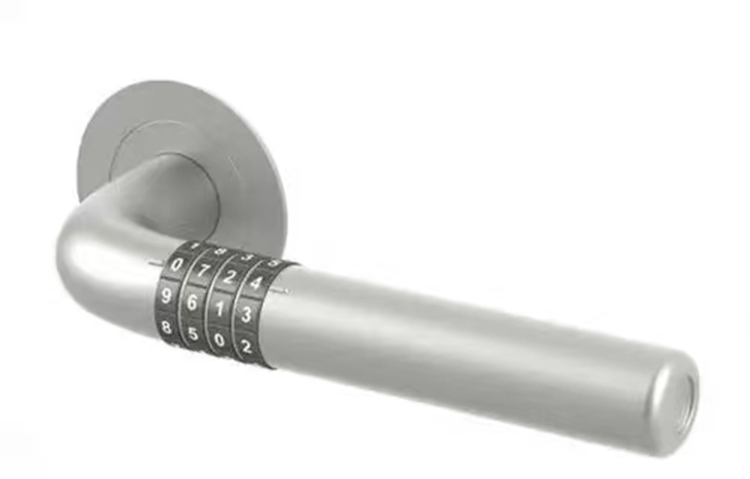
3. Chemical treatment
Chemical treatment is a general term for the method of using chemical or electrochemical treatment to generate a layer of stable compounds on the surface of stainless steel. Electroplating, as we often say, uses electrochemical treatment.
The use of acid solution, anodic dissolution (electrolysis), etc. alone or in combination for rust removal, as well as the use of phosphate treatment, chromate treatment, blackening, anodizing, etc. to form a protective film on the metal surface, all belong to this method. This method can achieve complex pattern effects and create retro or modern design requirements.
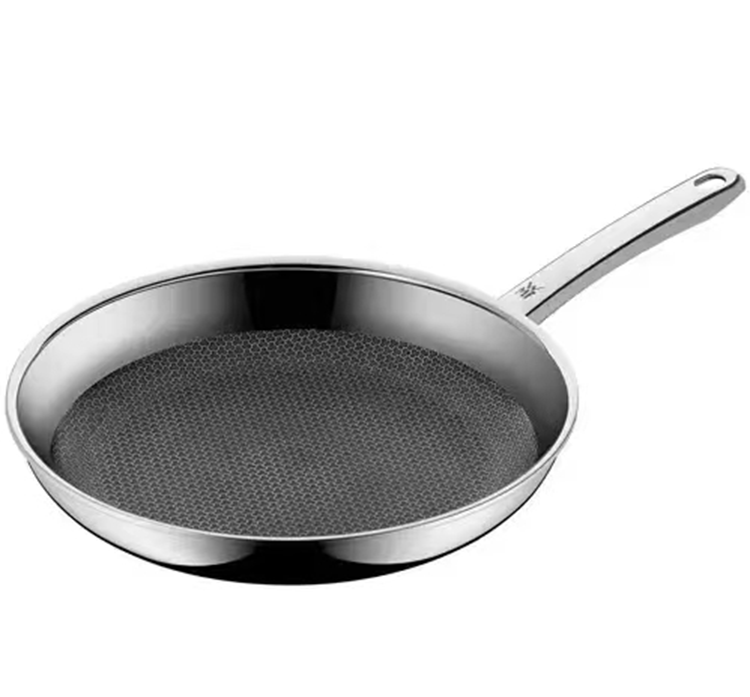
4. Mirror treatment
The mirror finish of stainless steel, in simple terms, refers to the polishing of the stainless steel surface. The polishing methods are divided into physical polishing and chemical polishing. Local polishing can also be carried out on the surface of stainless steel, with polishing grades divided into ordinary polishing, ordinary 6K, fine grinding 8K, and ultra strong fine grinding 10K. The mirror gives a high-end, minimalist, and futuristic feel.
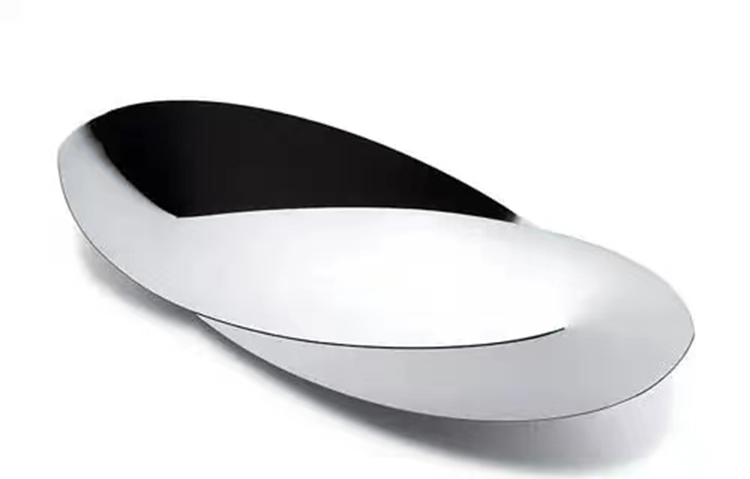
5. Surface coloring
Stainless steel coloring not only endows stainless steel products with various colors, increases product variety, but also improves product wear resistance and corrosion resistance. There are many methods for surface coloring, which can be systematically divided into: 1) chemical oxidation coloring method; 2) Electrochemical oxidation coloring method; 3) Ion deposition oxide coloring method; 4) High temperature oxidation coloring method; 5) Gas phase cracking coloring method.

6. Surface wire drawing treatment
Wire drawing process is a commonly used technique for stainless steel products, which can be made into several types according to decorative needs, such as straight lines, irregular lines, threads, ripples, and spiral lines. The stainless steel surface brushed gives people an excellent feel, delicate luster, wear-resistant surface, and personalized texture effect. It is widely used in electronic equipment, kitchen appliances, and mechanical equipment.

7. Spraying
Stainless steel spraying is fundamentally different from the coloring mentioned above. Depending on the material, some spraying may damage the oxidation layer on the stainless steel surface. But spraying can achieve different colors of stainless steel products using simple processes, and different spraying methods can also be used to change the feel of stainless steel. The stainless steel water cups we use in our daily life use a spray coating process.The surface treatment process of stainless steel has a significant impact on its corrosion resistance, aesthetics, and service life. Different treatment processes have different characteristics and applicability, and appropriate treatment methods should be selected based on specific application scenarios.
